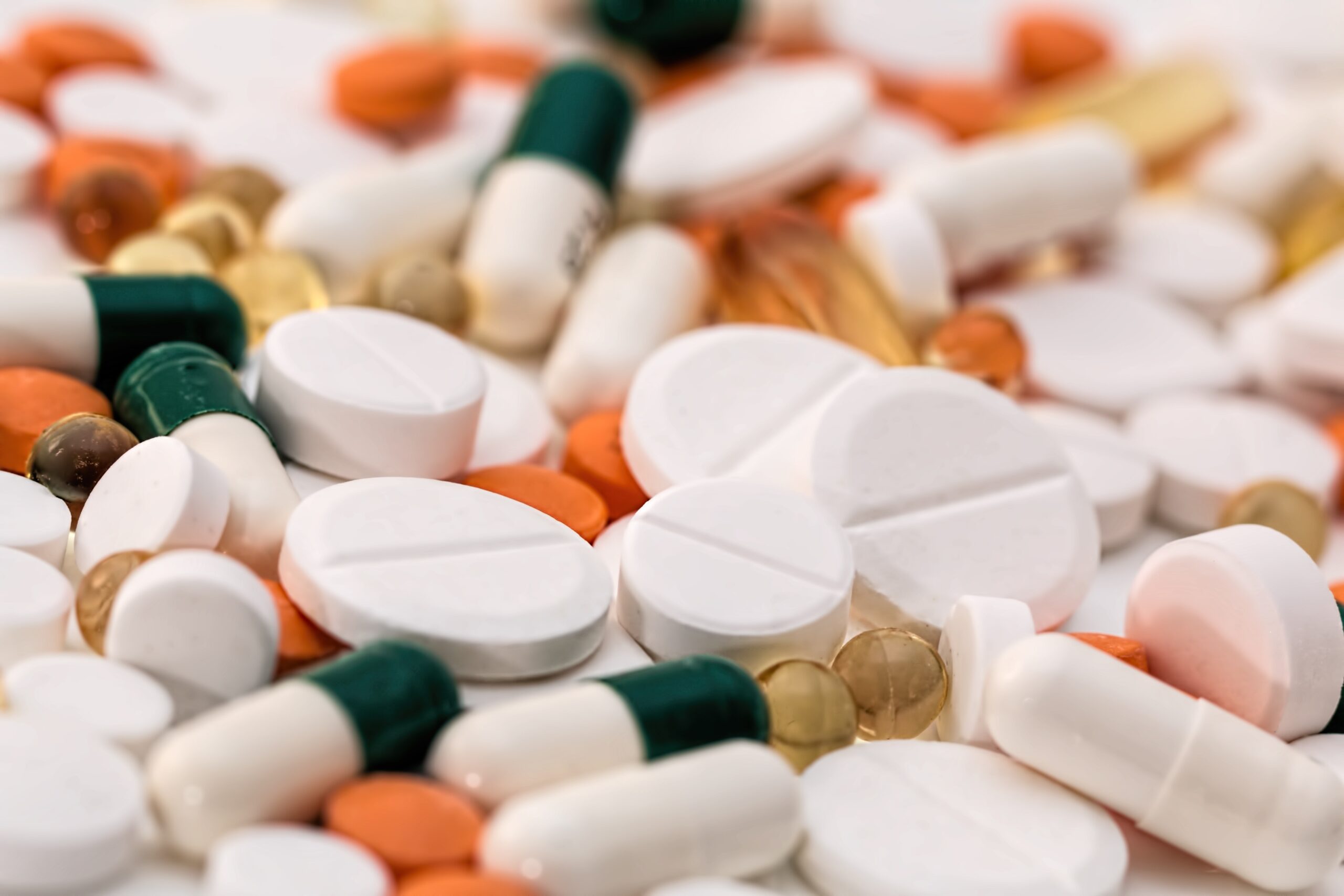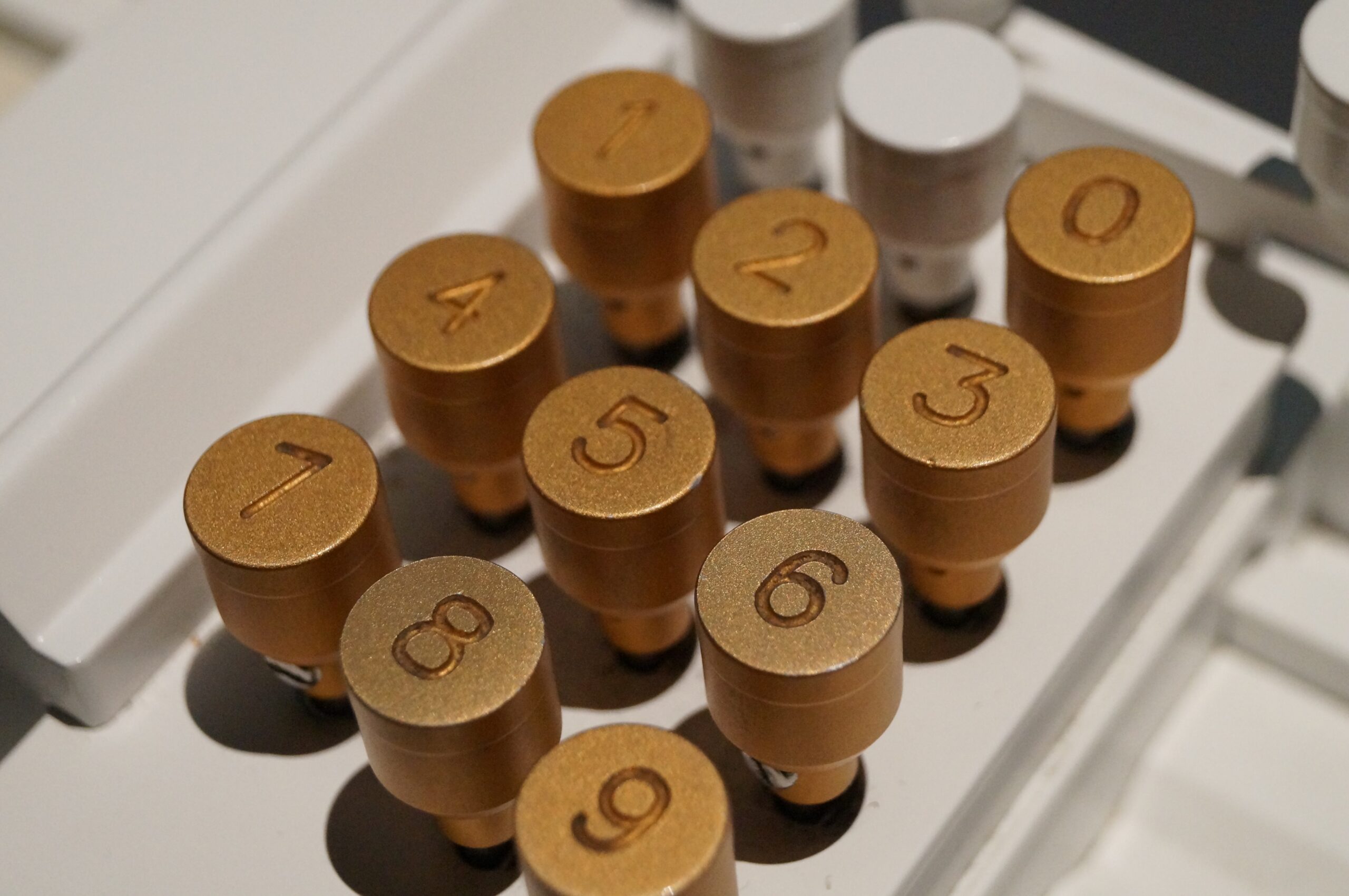Pain is truly a pain. As I write this, I am presently in recovery mode from sinus surgery. From a sinus infection, facial pressure, and headache standpoint – I feel a world better. From a pain perspective – I think I could draw you a picture of exactly where the internal cutting of bone and tissue was done. Yikes.
Need a refresher on the true meaning of the pain scale? Check out this article.
Leading up to the surgery, I was curious what my pain experience would be. I’ve had surgeries before; I was diagnosed with and experienced the reality of meningitis; and I live with chronic migraine. The questions floating around in my head were “Will my life’s experiences give me a better perspective or shift it regarding what level of pain I am in?” Or better yet, “Will my pain fall lower on the Stanford 1-10 pain scale given the pain I’ve endured thus far in life?”
Conclusion: It did. Now that I understand the real pain scale, I wouldn’t rate my pain above a 7.5. I gave this a lot of thought. I reviewed the true explanation of the 1-10 pain scale and my pain varied from 6.5 to 7.5. I think it’s important to bear in mind what the true pain scale really is. Even though I might have liked to say it felt like a 9, in truth it averaged out to a 7. Its presence was constant.
I’m very interested in learning your experiences with pain. Has your tolerance shifted over time?
When I discussed this topic with an individual who lives with fibromyalgia, she stated that her tolerance of pain has significantly increased in order to continue to live her life the way she wants. Having lived with fibromyalgia for 6 years, she said pain is present in all her waking hours and she just “expects” it to be there. What she tries to do is not escalate it by doing things that aggravate it.
The strength of my pain came in waves. I was doing okay the following morning after surgery. But by that afternoon I was wiped out, it felt like my face was “bouncing” – what a weird and painful feeling, something I don’t recall ever experiencing. I slept and slept.
I know the importance of hydration on a general level and I knew it needed to increase during this period of recovery. Staying properly hydrated keeps our organs functioning properly, regulates our body temperature, delivers nutrients to cells and that’s just the tip of the iceberg.
Given that I was taking antibiotics, Tylenol, and/or another painkiller, increasing my hydration was vital. The negative effects medications can have on our bodies are big enough without staying hydrated! To summarize, I felt very dehydrated and I was downing 8 ounces of water nearly every half hour. It didn’t seem to make sense.

I knew by staying hydrated it was a step in the right direction. Most of us have come to realize there can be days while recovering from an illness, surgery, or health condition that feels like two steps forward and one step back. Just like that – pain fluctuates. Ever wake up and have neck pain? Pain can arrive out of the blue. Pain can be a constant, burdensome experience by many individuals living with with chronic illness.
Knowing that better days are coming with progress and improving health helps me get through. Through respecting my body, the limitations it has placed on me during the ups and downs of health matters, and feeding it with optimal fuel I know I’m doing the best I can to muster through pain and come out on the other side.
Surgery is very taxing on the body. My pre-op nurse asked me if I had worked out that morning due to my blood pressure being very low. I said no. She practically hugged me in thanks. She went on to explain how she sees patients that have worked out and then come in for a surgery and that’s really not the foot you want to start out on.
You’ve got to give yourself some grace. As I get older, I’m really trying to instill that in myself. And I’ll always relay and try to reinforce that message to our community – younger ones, and our elders.
We expect so much from our bodies. But when it comes to chronic illness, surgery, and ailments – it’s okay to slow down and not push yourself. It goes without saying, our bodies are incredible. It’s not as simple as fueling up our cars at the gas station and saying “we’re good to go for 350 miles!” As humans we need to stop (before that hypothetical 350-mile point), evaluate where we are at (on the pain scale…), nurture ourselves and ask ourselves if we are okay, what we need, and expend time and energy into ‘filling us up.’ Full and empty are not accurate depictions of our mind, body, and spirit. I’ve learned that sometimes one element can tip towards full while another may be at the half-way point.
It is okay to cancel plans, ask your partner to help with the kids so you can take a bath and de-stress, or call a friend and say “I could really use someone to talk to. Do you have a few minutes?”
Time is our most precious resource. In fifty years, how will you look back and evaluate how you spent your time? Today and fifty years from now, I know time with loved ones is what matters to me. Taking care of our health is a major factor in being able to have that time with them. That includes navigating the wave of pain. For me this also means reminding a parent to break chores into segments to minimize after-effects of pain, to lie down to relieve pain, or to pay a visit to their doctor.
I was put under general anesthesia for my surgery. There were no scares or complications from it. I don’t recall a thing. The only after effect I had was feeling drowsy and sluggish.
Nonetheless it led me to research the history of anesthesia. The milestone (first successful surgery performed with anesthesia – hip hip hooray) occurred at Massachusetts General Hospital by surgeon John Collins Warren in 1846 as a result of the research of Dr. William T.G. Morton. Prior to 1846 – surgery and pain were interlaced. Propofol, which is what my anesthesiologist used, was introduced clinically in 1977. The Propofol solution includes fats purified from egg yolks, soybean oil, and glycerol.
You’re probably with me when I say “thank you” to the discovery and research efforts that led to anesthesia. I can’t fathom the pain of an invasive or sensitive surgery without it. Proof that advances in health and quality of life improve over time. How we help science (clinical trials, input to doctors on medications we take, and donating blood and organs) will make its way to enrich our future generations’ lives.
Today as I publish this post I’m pain-free and am celebrating that silent accomplishment. I know pain is bound to be in my future at some point in time, but I vow to myself to keep an open mind and I will analyze where my pain falls on the 1-10 pain scale on a case-by-case basis.
I hope you do too.
Coming next: Hydration and falls are interlinked – a real balancing act
Please consider sharing this article with family, friends, neighbors, coworkers. Let’s help each other reach optimal health.
